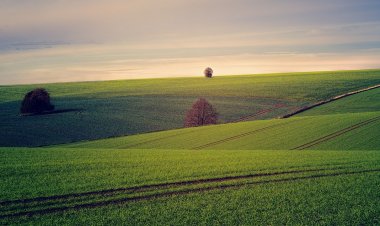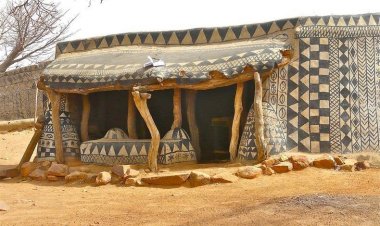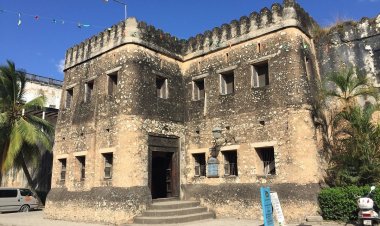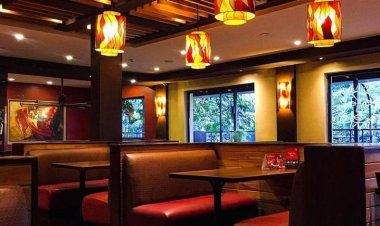4 Indigenous Tribes Living in Huts in East Africa [PHOTOS]
These huts, also known as "bomas," are typically made from natural materials such as mud, thatch, and grass, and are designed to provide shelter from the elements.
![4 Indigenous Tribes Living in Huts in East Africa [PHOTOS]](https://realestateblogpost.com/uploads/images/2023/06/image_750x_6482dd8a6b1c9.jpg)
East Africa is home to a diverse range of indigenous tribes, many of whom continue to live in traditional huts. These huts, also known as "bomas," are typically made from natural materials such as mud, thatch, and grass, and are designed to provide shelter from the elements.
One such tribe is the Maasai, who are known for their distinctive red clothing and intricate beadwork. The Maasai are primarily pastoralists, relying on their cattle for both food and social status. They traditionally live in small, circular bomas made from mud and cow dung, which are surrounded by thorn bushes to protect against predators.
Another tribe that still lives in huts in East Africa is the Hadzabe, who are among the last remaining hunter-gatherer tribes in the world. The Hadzabe live in small, nomadic groups in Tanzania, and their huts are made from branches and grasses woven together to form a dome-shaped structure. They move frequently in search of food, and their huts are designed to be easily dismantled and reconstructed as needed.
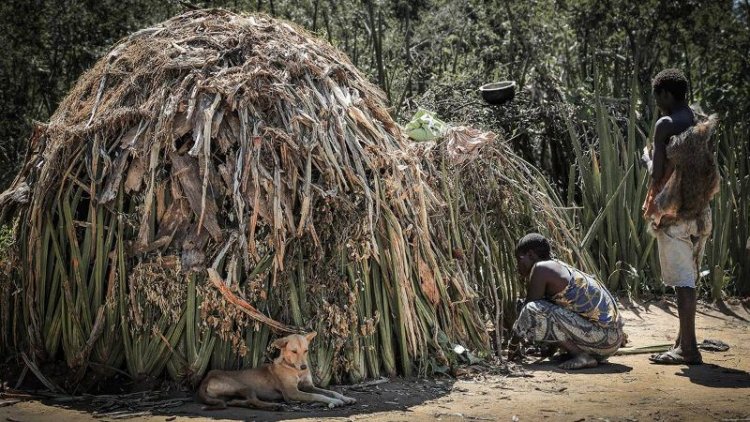 [Image of Hadzabe huts. Photo/Courtesy]
[Image of Hadzabe huts. Photo/Courtesy]
The Datoga tribe, also known as the Mang'ati, lives in the northern regions of Tanzania, near the Ngorongoro Conservation Area. They are primarily pastoralists, and their huts are made from branches covered with animal hides or woven grass mats. The Datoga also use their huts to store their livestock and other possessions.
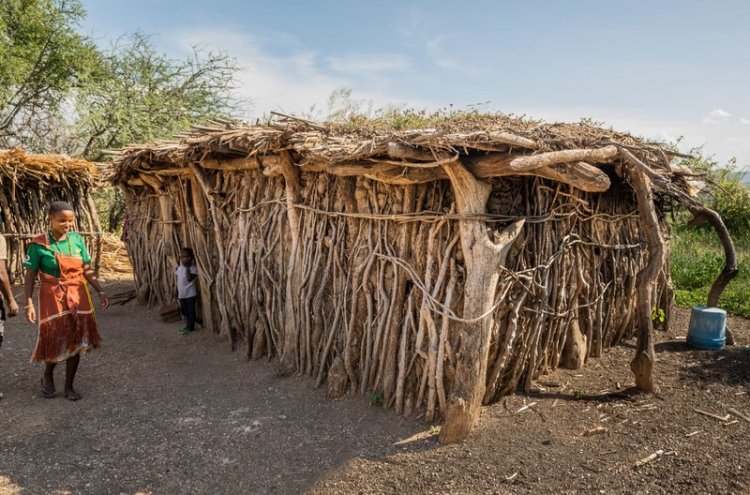 [Image of Datoga tribe hut. Photo/Courtesy]
[Image of Datoga tribe hut. Photo/Courtesy]
The Chaga people, who live on the slopes of Mount Kilimanjaro in Tanzania, traditionally built their huts from bamboo and thatch. However, many Chaga people have now transitioned to more modern housing, such as brick homes or concrete buildings.
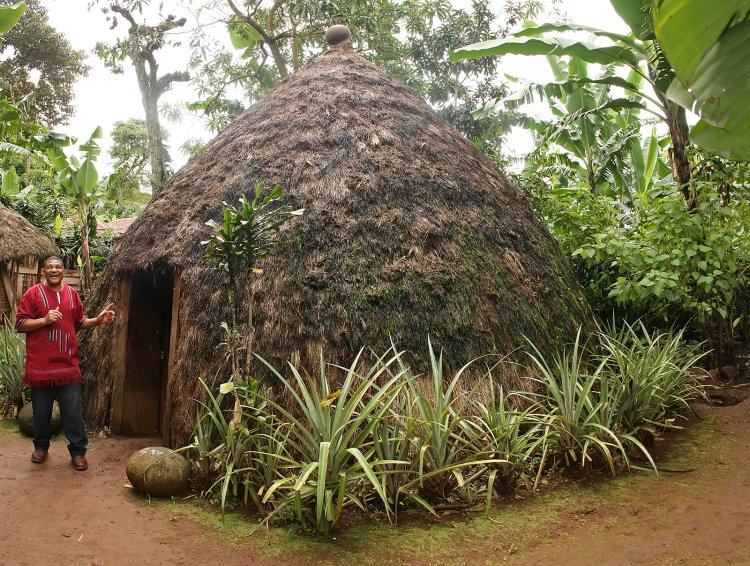 [Image of Chaga people huts. Photo/Courtesy]
[Image of Chaga people huts. Photo/Courtesy]
It's important to note that while these tribes continue to live in traditional huts, many are also adapting to modern life and incorporating new technologies and practices into their daily routines. However, their traditional ways of life and the iconic huts they live in remain an important part of their cultural heritage.
If you have a real estate press release or any other information that you would like featured on African Real Estate Blog Post do reach out to us via email at [email protected]












